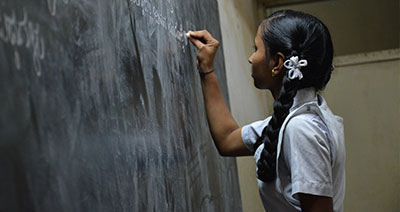Project “Educate a life”

For bank transfer, please note the following details:
Current A/c Name : Prarambhika Educational Trust
A/c Number: 31469848527
Bank : State Bank of India
Branch: SK Puri Branch, Patna 800001
Swift Code : SBININBB391
RTGS/NEFT IFSC : SBIN0003114
Or
Current A/c Name: Prarambhika Educational Trust
A/c number: 5020 0028 387100
Bank name: HDFC
Branch: Boring Road, Patna 800001
RTGS/NEFT IFSC: HDFC0000235
In 2014, Prarambhika got affiliated to CBSE board and opened its third branch at Ahmedpur, Balua, Patna, which is in a remote rural area 22 kms away from Patna town center. Balua is surrounded by lots of villages and has a large student population going to government schools and a few private schools. The education at these schools, just like many government schools in India, leaves much to be desired.
At Prarambhika, true to our commitment we get teachers all the way from the city to come and teach these children in the rural area. In spite of the fact that our school fees is low, many able children cannot afford our quality education and therefore either drop out or go to other school where they waste their good talent and thereby their future.
We at Prarambhika urge you to help ‘educate a life’ by sponsoring a child through his/her school life at Prarambhika. We want your help in giving an able and keen child a chance in life. The total expenditure of a child on an annual basis is approximately Rs.15,000. This includes his/her tuition fees and term fees. This does not include books and uniforms.
As Prarambhika is run by a trust, therefore, any donation/sponsorship given can be claimed as a “tax–free donation”. Donations can be made via a check favoring “Prarambhika Educational Trust” in India, a tax-exempt I-80-G charitable trust.
